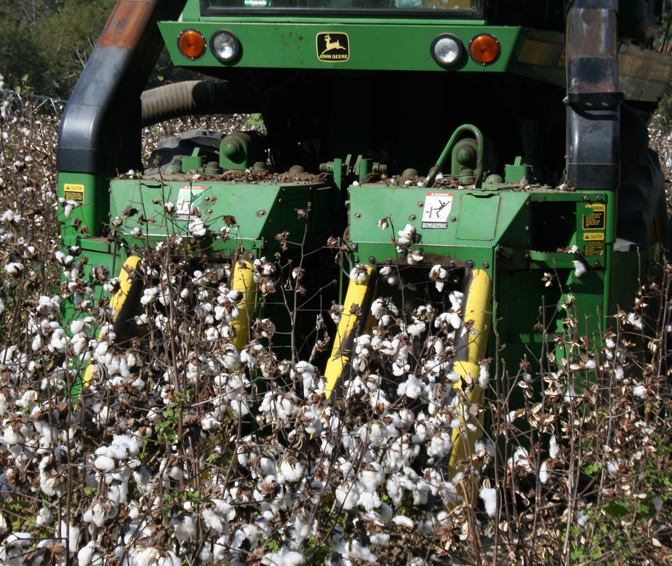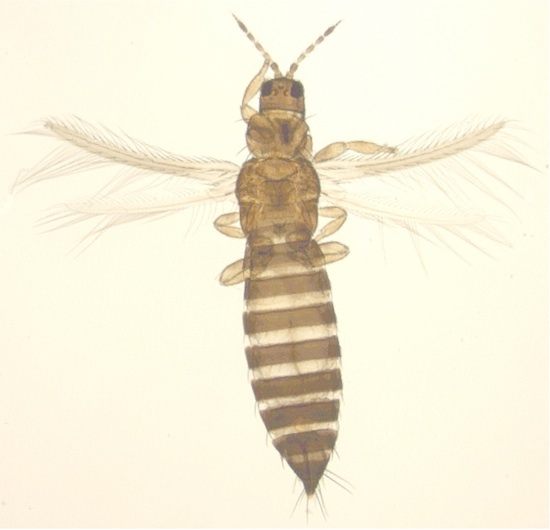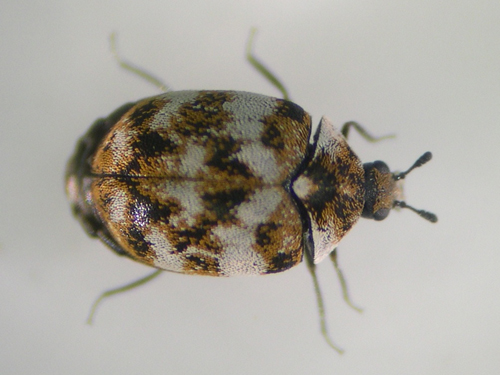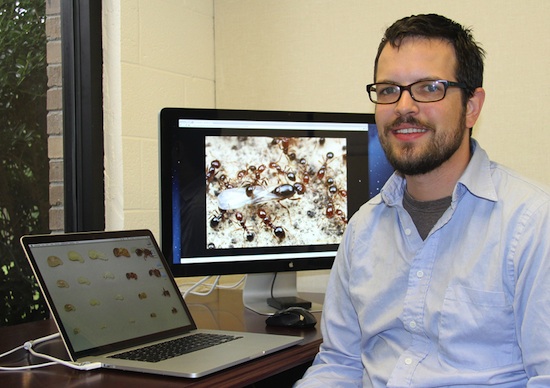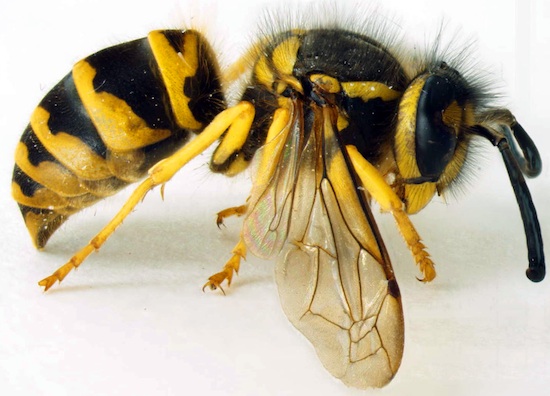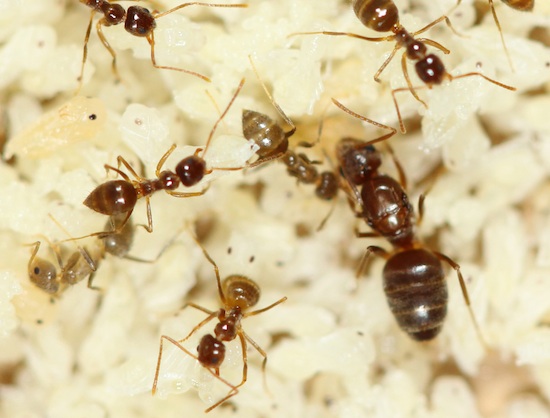 CAES News
CAES News
UGA Bee Expert
Keith Delaplane, professor of entomology in the University of Georgia College of Agricultural and Environmental Sciences, has been inducted into the Most Excellent Order of the British Empire in recognition of his research into honeybees and their disappearance.

